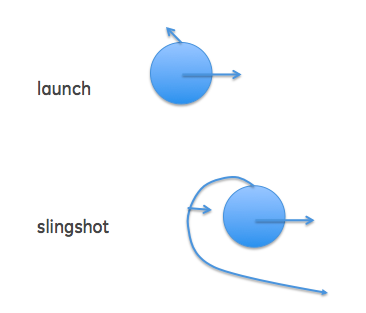The clips that I have seen of rockets launching all seem to be carried out during daytime. However, we learnt at school that rockets are fired closer to the equator and towards the east to take maximum advantage of Earth's rotational motion, getting a boost in speed of roughly $460m/s$ at the equator. If we would go to such lengths to gain a boost of speed of $460m/s$, why don't we take advantage of the fact that the earth orbits the sun at the massive speed of $30km/s$ to get an extra boost in velocity relative to other stellar objects? But to take advantage of both the rotational speed of the earth about its own axis and the rotational speed of the earth about the sun the rocket would have to be launched at nighttime:

as the only times when the boost from the purple rotation was in line with the boost from the red rotation is during the night-time. It seems that this would greatly reduce the fuel needed to reach distant objects (for instance Pluto: New Horizons seems to have launched during the daytime).

